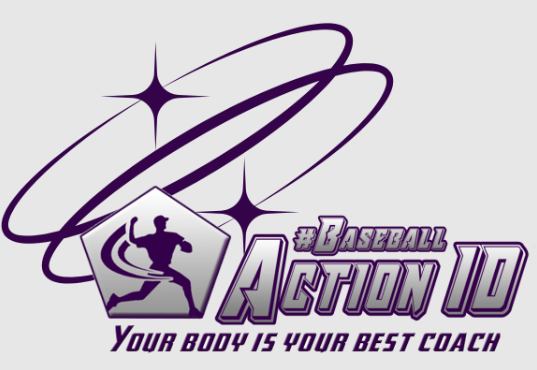From Moneyball to Motorball: The Next Revolution in Baseball

In the early 2000s, when Billy Beane and the Oakland A’s introduced sabermetrics to the baseball world, most people thought they were crazy. Gone were the days of gut-feel scouting and stopwatch evaluations — replaced by algorithms, on-base percentage, and hidden value in players who “didn’t look the part.”
And yet… the A’s started winning. Not despite, but because of their unconventional approach.
That was the birth of Moneyball.
But what if I told you we’re standing at the edge of the next baseball revolution?
One that goes deeper than stats.
One that isn’t about what we can see, but what we’ve always ignored.
Welcome to the age of Motorball.
⚾ Moneyball Wasn’t About Numbers — It Was About Thinking Differently

Let’s be clear — Moneyball wasn’t just about data. It was about rethinking value.
It was about challenging convention. Looking beneath the surface and finding performance where no one else bothered to look.
Moneyball forced baseball to confront its blind spots:
- Tradition vs. Innovation
- Appearance vs. Efficiency
- Intuition vs. Informatio
And guess what? Innovation won.
🔍 Where Motorball Begins: Under the Hood
Today, most of baseball is still focused on what players do.
Mechanics. Kinematic sequences. 3D motion capture. Exit velocity. Spin rate.
All of that is valuable — but it’s all just reading the output.
None of it explains why a player moves that way in the first place.
That’s where Motorball starts.
With something far more fundamental: the player’s internal wiring.
We’re talking about each athlete’s motor preferences — their natural way of generating movement, perceiving space, and making decisions.
At BaseballActionID, we don’t just analyse how a player throws, swings, or moves.
We uncover how they are built to move — neurologically, sensorimotor-wise, and cognitively.
🧠 Motor Preferences: The Internal Data No One’s Tracking
Every elite player has a unique blueprint — not just physically, but in how they:
- Process information
- Generate force
- Maintain focus, recover from mistakes, and feel confident
Biomechanics can tell you how a pitch is thrown.
Motor preferences can tell you why that pitch feels right — or wrong — for that athlete.
This isn’t “alternative science.”
It’s the next logical step in human performance.
Just like Moneyball asked baseball to look past tradition and into data, Motorball asks baseball to look past external metrics and into the player’s inner system.
🚫 Why It Hasn’t Caught On (Yet)
Let’s be honest. Motorball — just like early Moneyball — sounds “out there” to the traditional mind.
Front offices ask:
- “Where’s the data?”
- “Is this evidence-based?”
- “Can I quantify it on a spreadsheet?”
But here’s the twist:
It is evidence-based, just not in the way you’re used to.
We’re not measuring the outcome. We’re measuring the origin — how an athlete’s body and brain are naturally designed to function under pressure.
Because when a player moves in alignment with their natural wiring, three things happen:
- They become more efficient
- They reduce injury risk
- They build authentic confidence
That’s not philosophy. That’s performance science — at its core.
🔄 Biomechanics Is the Result, Not the Cause
This is the key most systems miss:
Biomechanics reads the result of movement.
Motor preferences reveal the reason for it.
You can’t coach a Ferrari the same way you coach a pickup truck.
But right now, most development systems give every athlete the same model, and wonder why some break down.
We’re not all built the same.
And we’re not meant to move the same.
🚀 From Sabermetrics to Sensorimotor Intelligence
The first organisations that understand this shift, just like the A’s did 20 years ago, will gain an unfair advantage.
They won’t just track what’s visible.
They’ll train what’s real.
They’ll stop forcing athletes to fit the model.
And start building systems around how the athlete is designed to succeed.
That’s what Motorball is.
The invisible layer that unlocks the next level of performance.
🧢 Bottom Line: Motorball Is the New Moneyball
We are exactly where sabermetrics was in 2001 — only this time, the revolution isn’t driven by numbers.
It’s driven by neuro-motor intelligence.
And just like then, most of the baseball world doesn’t get it… yet.
But that’s where the opportunity lies.
For the early adopters. The innovators. The ones who want real player development, not cookie-cutter programs.
💥 Your Body Is Your Best Coach
Let’s stop building mechanics around metrics.
Let’s start building athletes around who they truly are.
From Moneyball to Motorball — this is the future of baseball.
And it’s already here.

